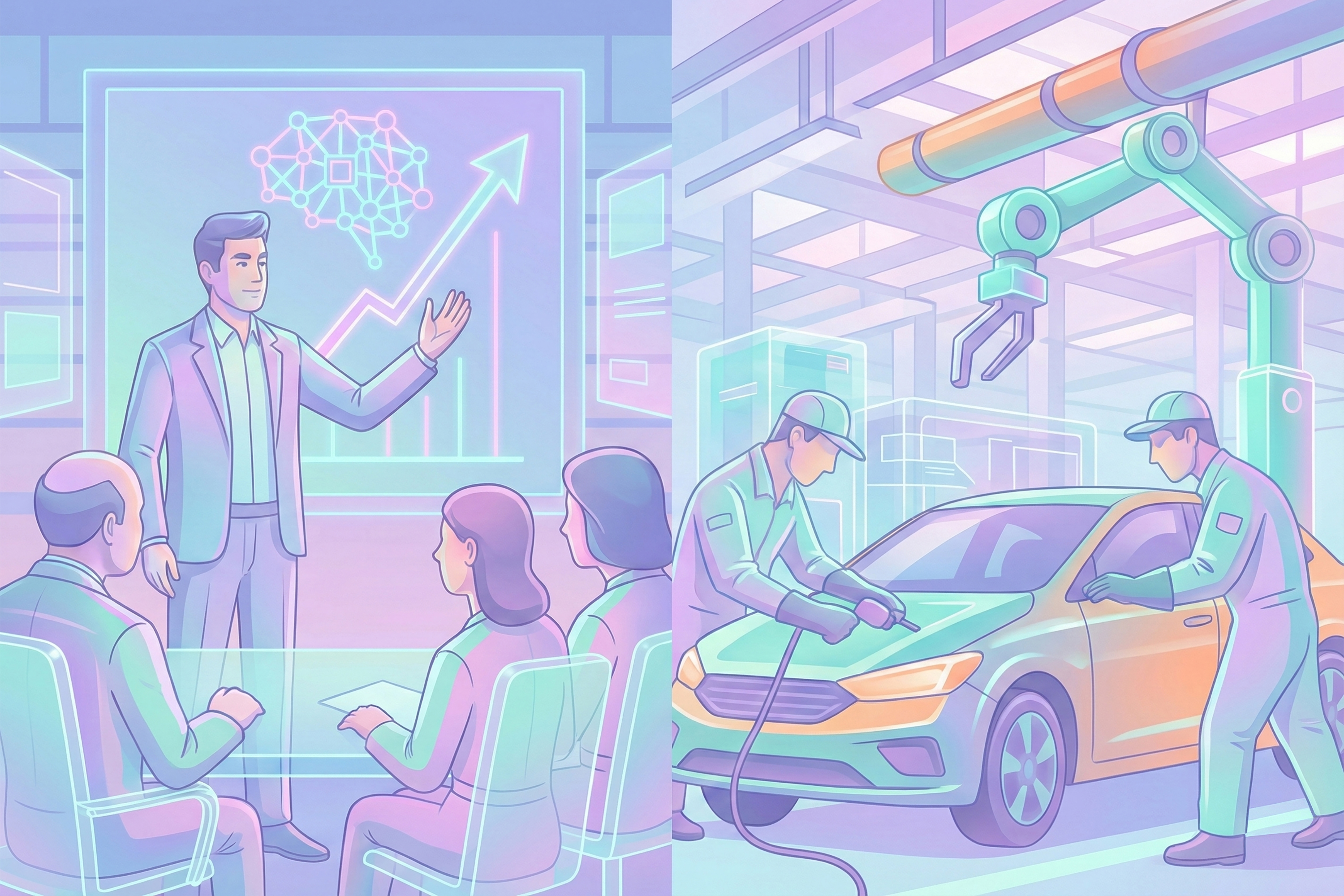
People visit the cinema less frequently. In the past twenty years, ticket sales per capita have declined steadily. At the same time, we’ve seen the rise and dominance of movie franchises at thebox office. A suggested negative relationship between the two trends was quickly established and the phrase “franchise fatigue” often pops up in cinematic debates to support this claim. However, if we take a closer look, there are good reasons to believe movie franchises are the new normal of cinema.
Film critics and box office analysts claim we are developing a “franchise fatigue”. At present, however, franchises are more popular than ever. The top box-office titles are almost all franchise movies and they’re setting record after record. Therefore, Essayist Matthew Ball strongly rejects the view of franchise fatigue and presents strong data to support his opposing arguments. He shows the decline in ticket sales per capita in the U.S. and Canada (5.25 to below 3.5) is mainly due to frequent cinemagoers making less frequent visits and this drop is mostly centered in the long tail of the box office. A reason for this might be that there are simply fewer non-franchised movies in theaters, leaving consumers no choice. However, according to Fisher, this argument doesn’t hold, asmore of these types of movies (e.g. individual IP, indie film, intellectual drama, comedy, arthouse movie, etc.) are currently produced than ever before. People simply go see them less often. The best explanation is the improvement of home cinemas, with better screens and sound systems, the increased quality of content and cheap, ubiquitous on-demand offer.
The current decline of ticket sales doesn’t imply we are heading towards the end of cinema, as it has happened before. After the introduction of the television in the ’60s, there was a strong decline in cinema visits, until a new balance between television and theater was reached. In correspondence with this first period, we might interpret this second long-term decline of cinema tickets as the slowly evolving path to a new equilibrium between theater, dominated by (spectacular) movie franchises, and home cinema, taking the leftovers with different business models.
But what explains the dominance and persistence of movie franchises in cinema? The main reason is found in the cost of film productions. To compete with television and alternative popular entertainment such as gaming, studios have to persuade consumers to turn off the TV by creating irreplaceable theatrical experiences. To succeed in this mission, cinematic productions have become extremely expensive. To keep the risk of high fixed-costs and the extended break-even point manageable, media franchises seem a safe and logical choice. Nevertheless, creating a loyal fan base around IP demands high marketing spending, driving up the production costs even further. However, if a movie franchise turns out to be a hit, profits accrue quickly.
In addition to this clearly economic rationale, there are also cultural diagnoses which underscore the premises of the movie franchise dominance. According to cultural theorist Mark Fisher, since the 1990s, refurbishing and repeating the past is all that is left in our neoliberal, capitalist and postmodern culture. Driven by short-term profits, efficiency and competition, the burden and stress of the neoliberal system deprives artists of their capacity to create something new. Combined with the uncertain postmodern worldview, this creates a sort of exhaustion in filmmakers, keeping them from creating radically new ideas. Moreover, Fisher says every culture relates itself to a future in the present, with art as an important way of expressing this relationship. However, as we turn towards the past, the future we’re currently anticipating is the future of the past. More easily formulated: Since the neoliberal and postmodern world arose in the ’90s, we’ve simply lost our ability to conceptualize a radically different future and therefore keep returning to the anticipated future of the past (the ‘70s and ‘80s). For Fisher, the current movie franchise dominance would be a clear symptom of this.
Although thought-provoking, the idea of an exhausted and depressed cinematic culture doomed to repeat the same over and over again is also oppressive. As we have written before, the success and dominance of the Marvel Cinematic Universe franchise can also be explained as the acknowledgement of and strong balance between our simultaneous desire and fear of the new (neophilia vs neophobia). Moreover, this more subtle explanation is also better suited to address different types of media franchise. Presumably, not every franchise merely rehashes the old and familiar. Especially the cinematic universes created by Disney (MCU) and Warner Bros (DC) seem to be something different and unprecedented. For example, these universes create the opportunity for a never-ending meta–narrative. Moreover, filmmakers certainly have more degrees of freedom with individual projects compared to sequels and remakes. Finally, the universe strategy allows filmmakers to continuously address contemporary social issues and new socio-political themes (for example, Wonder Woman, Spiderman: Far from Home and Black Panther all received good reviews for doing exactly this). This way, the universe franchise strategy seems to cater to our desire for and fear of both the old and the new in a balanced way, positioning itself in a clever way within the franchise-dominated world, which might explain some of its success.

